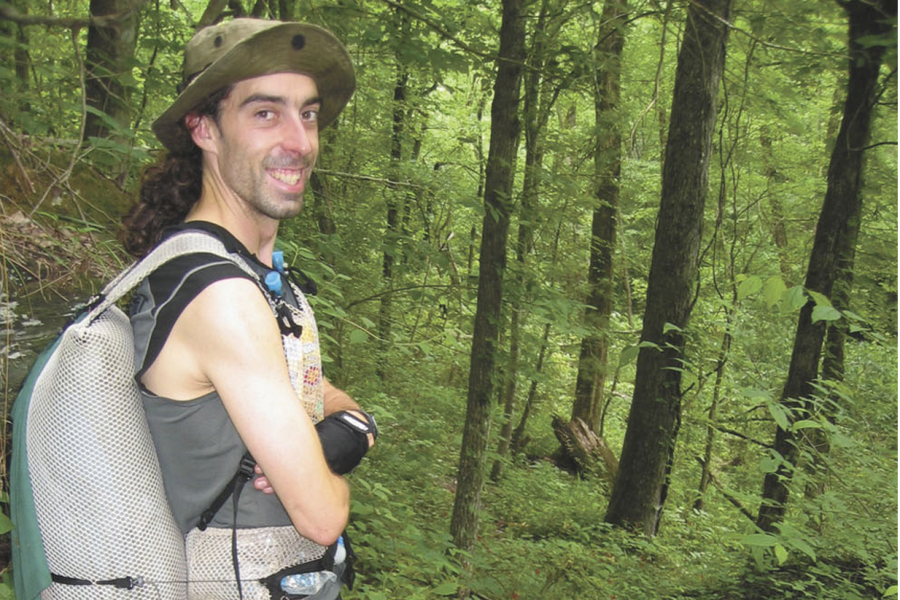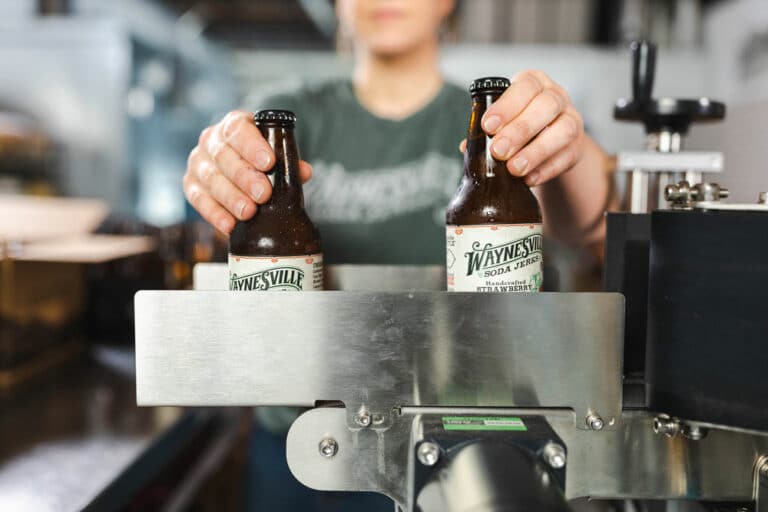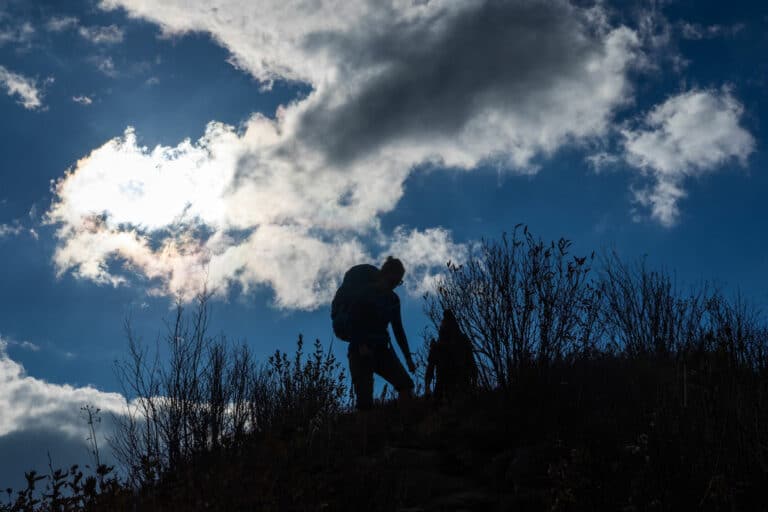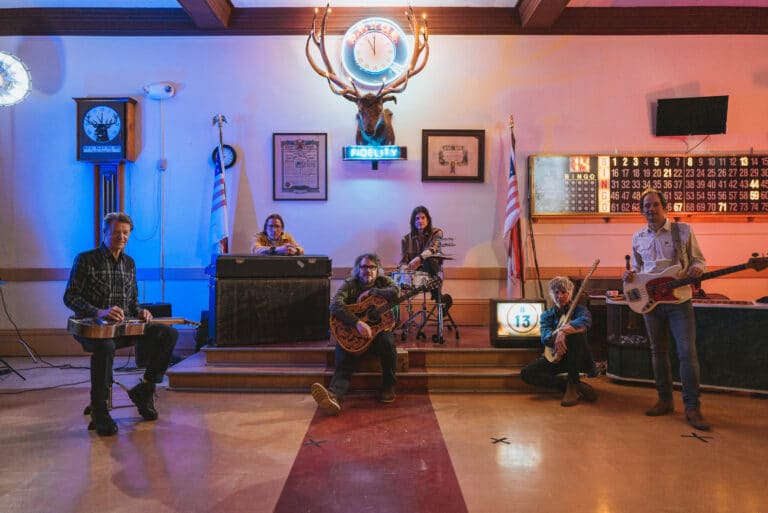Matt Kirk’s Speed Record By the Numbers:
Benton MacKaye Trail Miles: 288
Total Elevation Gained: 60,500 feet.
Highest Summit – Mount Sterling: 5,843 feet
Longest Day: 71 miles
Shortest Day: 40 miles
Total Time: 5 days, 23 hours, 16 minutes
Pack weight: 10 pounds
Supply mail drops: 2
Bushwhacking through briar patches, evading packs of wild boars, enduring late spring rain showers, and shaking off late night hallucinations—just a few of Matt Kirk’s adventures on his recent self-supported fastpack of the 288-mile Benton MacKaye Trail (BMT). In late May, the 28-year-old ninth grade teacher from Marion, N.C., started his summer vacation by setting a speed record on the relatively unexplored trail in five days, 23 hours, and 16 minutes. While averaging just under 50 miles a day, Kirk had no crew bringing him supplies or setting up his tent at the end of every exhausting day. He relied on just 10 pounds of total gear and food on his back, plus two mail-dropped re-supply stops along the way. On the sixth and final day of his speed hike, Kirk pushed it almost 24 straight hours through 71 miles and 17,500 feet of elevation gain.
The BMT is one of the region’s newest long trails. It was developed as an intentionally less traveled alternative to the neighboring Appalachian Trail (A.T.). The BMT and the A.T. actually share a southern terminus at Springer Mountain in Georgia and intersect twice more to form a figure eight as the trails both enter and traverse Great Smoky Mountains National Park. Along the way the BMT moves through eight federally designated Wilderness areas, including the rugged Cohutta and Big Frog in Georgia and the Joyce Kilmer-Slickrock in North Carolina. Trail designers only put two shelters on the entire trail to deter overcrowding. For Kirk, the backcountry solitude was an ideal way to enjoy the vast views from Unicoi Gap and many of his other favorite sections. Despite being remote, he found the trail’s reputation for being overgrown and hard to follow largely exaggerated.
“There are some hairy spots, but on the whole, navigation was not an issue,” Kirk says. “It’s a well-planned route. From the moment you leave Springer Mountain, you’re immersed in a beautiful lesser-trodden area of the Appalachians, with a pleasant surprise around every corner.”
A big factor that kept Kirk moving at a steady pace was his attention to keeping his load light. Quite handy with a needle and thread, the crafty packer made his own ultra-light backpack that contained his minimal sleeping gear—a Cuben Fiber tarp and a homemade sleep sack sewn into a pad.
“I was a little anal retentive with it, but I knew even an extra ounce would make a difference,” says Kirk.








